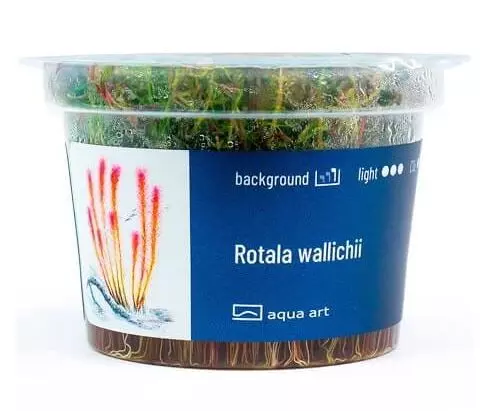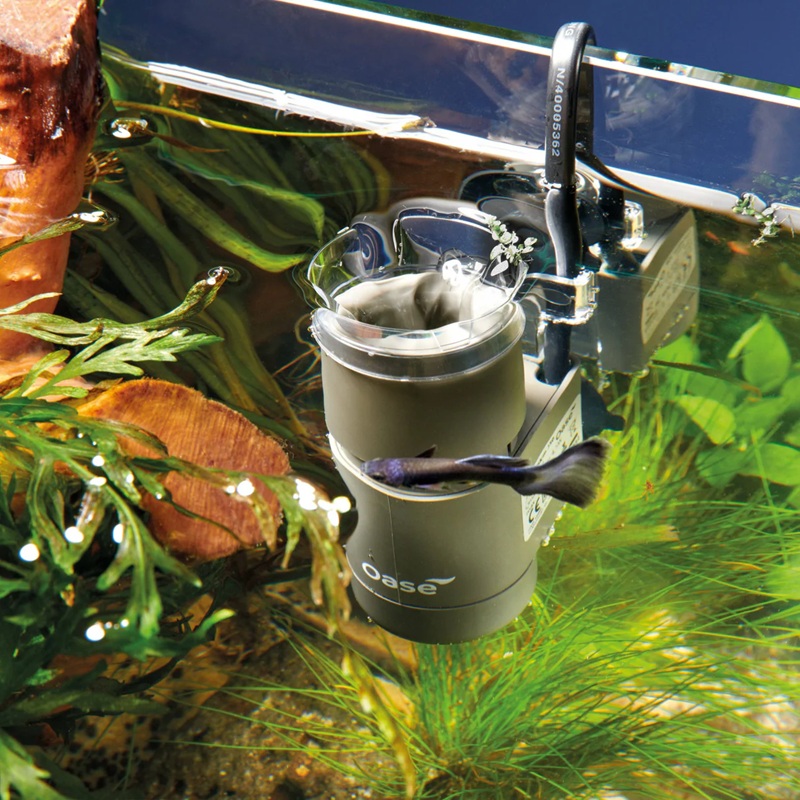Product information "Rotala wallichii (Red mosswort)"
Rotala wallichii
Rotala wallichii is a slow growing, stem plant. The needle-like, delicate leaves are red in color and provide an eye-catching feature in your aquarium.
- Growing: difficult
- Light requirements: high
- CO₂ requirements: high
- Adult plant height: up to 40 cm
- Growth: slow
- Temperature: 24 - 26°C
- Placement in aquarium: second or third level
- Origin: Asia
- 6 cm cup diameter
Rotala Wallichii is a demanding plant with red coloration. It is native to southeast Asia. Its Polish name is Rotala periwinkle. The leaves have the shape of fine needles. The intensity of color increases with increasing light output and is characterized by slow growth. Mature stems reach a height of up to 40 cm.
The place of planting must be well planned. Faster growing plants can completely cover it. It should not be planted too densely, as the lower parts of the trunk are sensitive to lack of light. As it grows, it will form a uniform group of mature plants.
The plant has a high light requirement. Strong light, fertilization and CO₂ dosage are necessary for good growth. It requires soft, slightly acidic water that is rich in carbon dioxide. Under these conditions, it thrives optimally.
The exceptionally delicate appearance and subtle beauty of this plant rewards the hard work of breeding.
Rotala wallichii grows well in a fertile substrate. You will get the best growth results if you plant it in an active substrate. Propagation is by shoot cuttings.
Cultivation from in vitro plants is done in tissue culture laboratories. The cuttings are free from snails, algae or pathogens thanks to sterile production conditions.
Planting:
The plant must be removed from the cup and thoroughly rinsed from the gel under running water. This is best done by placing the plant in a container of lukewarm water. Most of the gel will then fall off by itself. Divide the contents of the cup into 1-2 cm lumps and then place them on the selected items at a small distance.
.

















.jpg)










